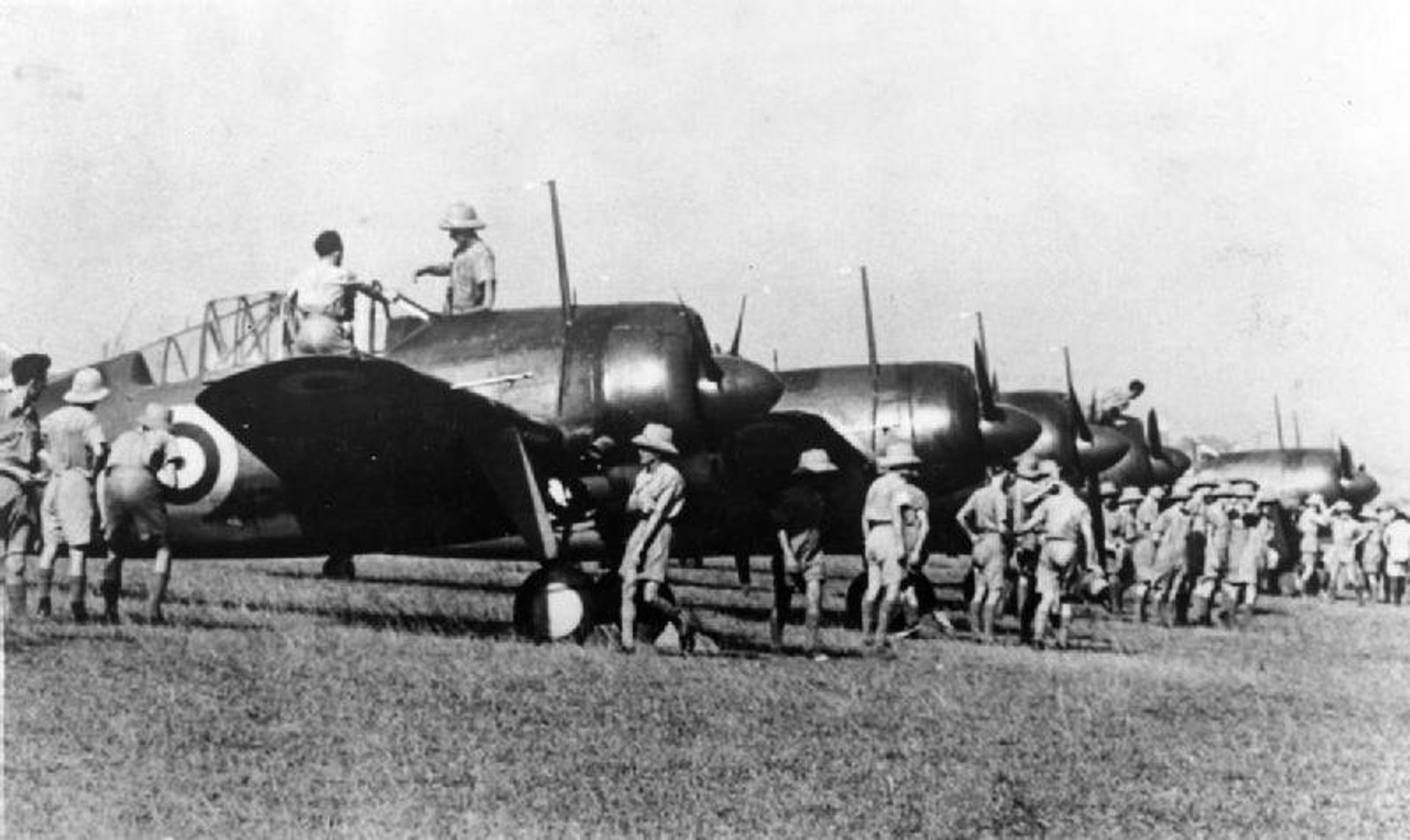
You didn’t come this far to stop
The Flawed Defense of Malaya –
RAF's Struggle to Protect Malaya and Singapore
Episode 22: The Flawed Defense of Malaya and Singapore - A Closer Look at RAF Command
In the months leading up to the Japanese invasion of Malaya and Singapore in 1941, the British command was faced with a rapidly deteriorating situation. While early decisions by Air Chief Marshal Sir Robert Brooke-Popham—such as the removal of key figures like Air Vice-Marshal Babington and Major General Bond—were seen as necessary to address leadership issues, his subsequent judgment regarding the RAF's ability to defend the region left much to be desired. This episode examines the critical errors made in the RAF’s defensive efforts, focusing on the disposition of airfields, the quality of aircraft and strategic planning, the training and experience of pilots, and the RAF’s overall infrastructure and leadership failures. By understanding these key missteps, we gain a clearer picture of why Malaya and Singapore fell so quickly to the Japanese in 1942.
WW2 HISTORYDESCENT INTO HELLIN THEIR FOOTSTEPS BLOG
Toursofwar.com
8/4/20246 min read
The Man Behind the RAF in the Far East
Air Vice Marshal Conway Pulford
Born on 26 January 1892 in Agra, India, Air Vice Marshal Conway Pulford’s military career spanned both the Royal Navy and the RAF. Known for his leadership across several commands, including No. 26 (Training) Group and RAF Bircham Newton, Pulford’s final assignment as the Commander of RAF Far East would thrust him into one of the most challenging theaters of the war—the defense of Malaya and Singapore.
Pulford’s efforts to defend British positions in the Far East were severely undermined by logistical challenges, a lack of coordination between military branches, and the rapid advance of Japanese forces. Despite his decorated career and strategic attempts to mitigate the situation, Pulford found himself overwhelmed by an enemy that was far more prepared than anticipated.
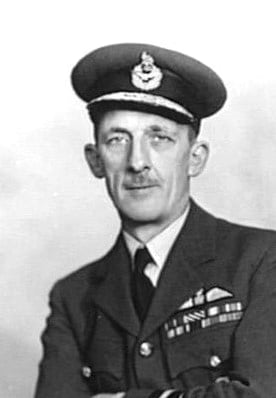

Did You Know?
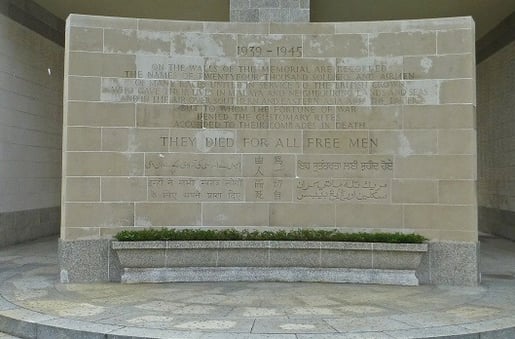

Air Vice Marshal Conway Pulford’s grave is located at Kranji War Cemetery in Singapore, where many of those who perished in the defense of the city are honored.
Initially, Brooke-Popham’s decisions were seen as positive steps to stabilize the RAF and ground defense in Malaya. By removing Babington and Bond from key positions, he aimed to install leadership that could better manage the growing threat from Japan. However, while these actions earned some praise, the subsequent strategic decisions revealed deep flaws in his understanding of how best to defend against an impending invasion.
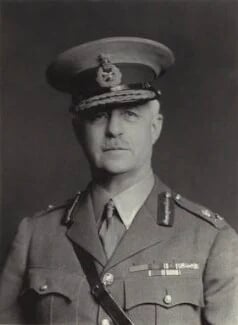

Brooke-Popham’s Early Moves
Leadership Decisions and Their Consequences
Initially, Brooke-Popham’s decisions were seen as positive steps to stabilize the RAF and ground defense in Malaya. By removing Babington and Bond from key positions, he aimed to install leadership that could better manage the growing threat from Japan. However, while these actions earned some praise, the subsequent strategic decisions revealed deep flaws in his understanding of how best to defend against an impending invasion.
A Vulnerable Position
Disposition of Airfields
The Northeast Airfields
One of the biggest strategic weaknesses was the placement of airfields across Malaya, particularly in the vulnerable northeast region. The RAF built three main airfields at Kota Bharu, Gong Kedah, and Machang in Kelantan, just kilometers from the Siamese border and the coast. These airfields were designed for long-range reconnaissance and offensive strikes, but their proximity to potential Japanese landing sites made them highly exposed.
The vulnerability of these airfields meant that if Japanese forces managed to land in the region, they could quickly capture or destroy the airfields, denying the RAF a forward base of operations. The lack of alternative supply routes, with only a single rail line to Kota Bharu, further compounded the problem.

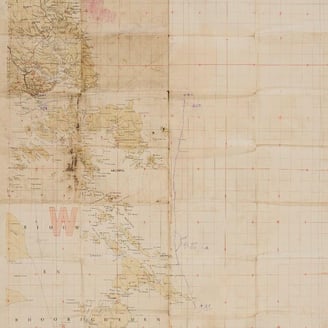
Airfields on the West Coast
On the western side of Malaya, airfields such as Alor Star, Sungei Patani, and Butterworth were also dangerously close to the Siamese border. Despite being further from the immediate invasion zones, their positioning offered little depth to the RAF’s defense strategy. Southern airfields in Kuala Lumpur, Kuantan, Johore, and Singapore were better protected but ultimately insufficient to counter a coordinated Japanese attack.
The RAF's Weakest Link
The Brewster Buffalo
Over-reliance on an Outdated Fighter
One of the most critical failures in the RAF’s defense of Malaya was the over-reliance on the Brewster Buffalo, an American-designed fighter plane. Originally rejected by the British for use in Europe, the Buffalo was nonetheless deployed in Malaya, with 167 aircraft sent to the region by early 1941.
Unfortunately, the Buffalo was a poor match for the Japanese Mitsubishi Zero. Modifications made to the original model—such as adding armor, radios, and heavier armament—significantly reduced its performance. Nicknamed the “Flying Beer Barrel,” the Buffalo suffered from numerous mechanical problems, including issues with its undercarriage and weapons systems.
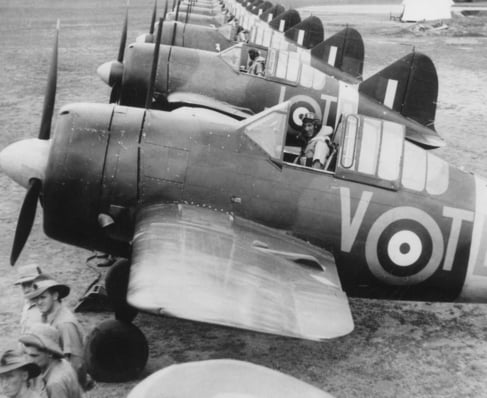

Mechanical Failures and Combat Ineffectiveness
By November 1941, RAF pilots stationed at Sungei Patani reported that the Buffalo’s undercarriage frequently jammed, leaving the aircraft inoperable. Even the manual release systems often failed. The Buffalo’s guns, affected by corrosion and electrical issues, also rendered many squadrons combat-ineffective. In comparison to the highly maneuverable and well-armed Japanese aircraft, the Buffalo was a disaster in action.
RAF Pilot Experience
RAF Pilot Experience
While Brooke-Popham’s decision to overhaul the command structure was crucial, his subsequent strategic decisions were met with mixed reviews. The effectiveness of the RAF’s ability to defend Malaya and Singapore was questioned, with Brooke-Popham’s appraisal seen as flawed by some. Despite his efforts to reorganize and address the command issues, the effectiveness of his strategic decisions remained a contentious issue.

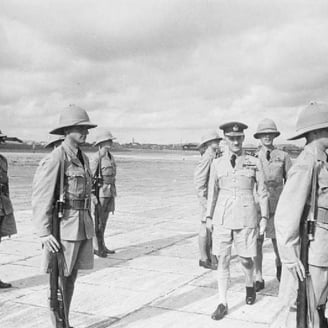
Japanese Tactical Superiority
In contrast, the Japanese air forces had spent years honing their skills in the Sino-Japanese War, gaining valuable combat experience and tactical knowledge. This superiority in both training and tactics meant that even the best RAF pilots would have struggled to compete with their Japanese adversaries, let alone with outdated equipment and limited resources.
RAF Infrastructure and Communication Failures
Disjointed Coordination Between the RAF and Army
One of the most enduring issues during the defense of Malaya was the lack of coordination between the RAF and the British Army. Disagreements over the location of airfields and defensive strategies led to confusion and disorganization, weakening the overall defense effort. Brooke-Popham’s inability to mediate effectively between the two branches resulted in missed opportunities to strengthen defenses before the Japanese invasion.
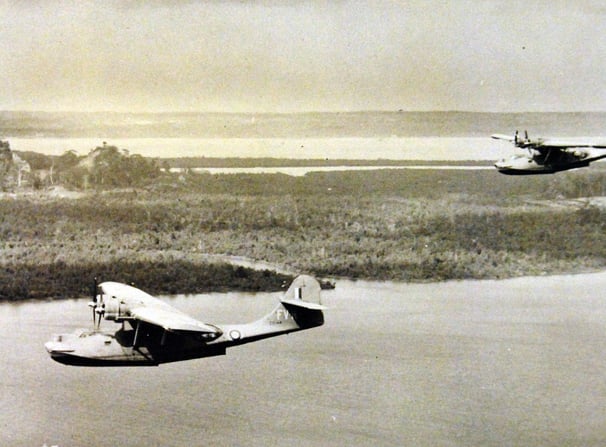

Inadequate Intelligence and Communications
Compounding the RAF’s issues was a lack of reliable intelligence regarding Japanese movements. Early warning systems and communications between airfields were inefficient, delaying RAF responses to Japanese advances. Additionally, the limited air defense systems available in Malaya—particularly the scarcity of anti-aircraft guns—left key installations vulnerable to Japanese bombing raids.
Conclusion
A Defense Doomed from the Start
The RAF’s defense of Malaya and Singapore was marked by a series of critical failures. Poorly positioned airfields, reliance on inadequate aircraft like the Brewster Buffalo, inexperienced pilots, and disjointed leadership and communications all contributed to the rapid fall of Malaya and Singapore to the Japanese.
Brooke-Popham’s early actions in removing ineffective commanders may have been a necessary step, but his flawed appraisal of the RAF’s capabilities and his inability to rectify critical vulnerabilities sealed the fate of the defense effort. By the time the invasion came, the RAF was outgunned, outmaneuvered, and ultimately overwhelmed, leading to one of the most significant British defeats of World War II.
How You Can Help
Donations and Sponsorships: We are seeking corporate sponsorships and donations to fund ongoing restoration projects and educational programs. Your support can make a significant difference in maintaining the quality and impact of the museum.
Volunteer Opportunities: If you have expertise or time to offer, consider volunteering with us. There are many ways to get involved, from artifact restoration to educational outreach.
Spreading the Word: Share this blog and our mission with your network. The more people who know about the JEATH War Museum and its significance, the greater the impact we can achieve together.
The St Andrews Research Team is dedicated to preserving the legacy of the Thai-Burma Railway and the memories of those who suffered. We need your support to continue our work. There are several ways you can help:
Join the Cause!
If you or someone you know is interested in supporting this cause, please get in touch.
This is a chance to be part of something truly meaningful and impactful.
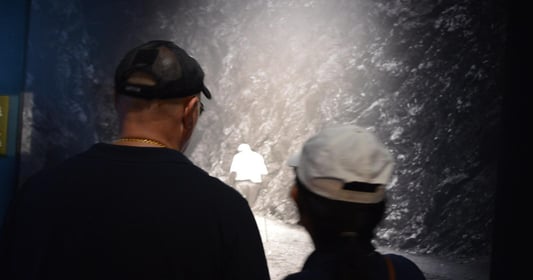

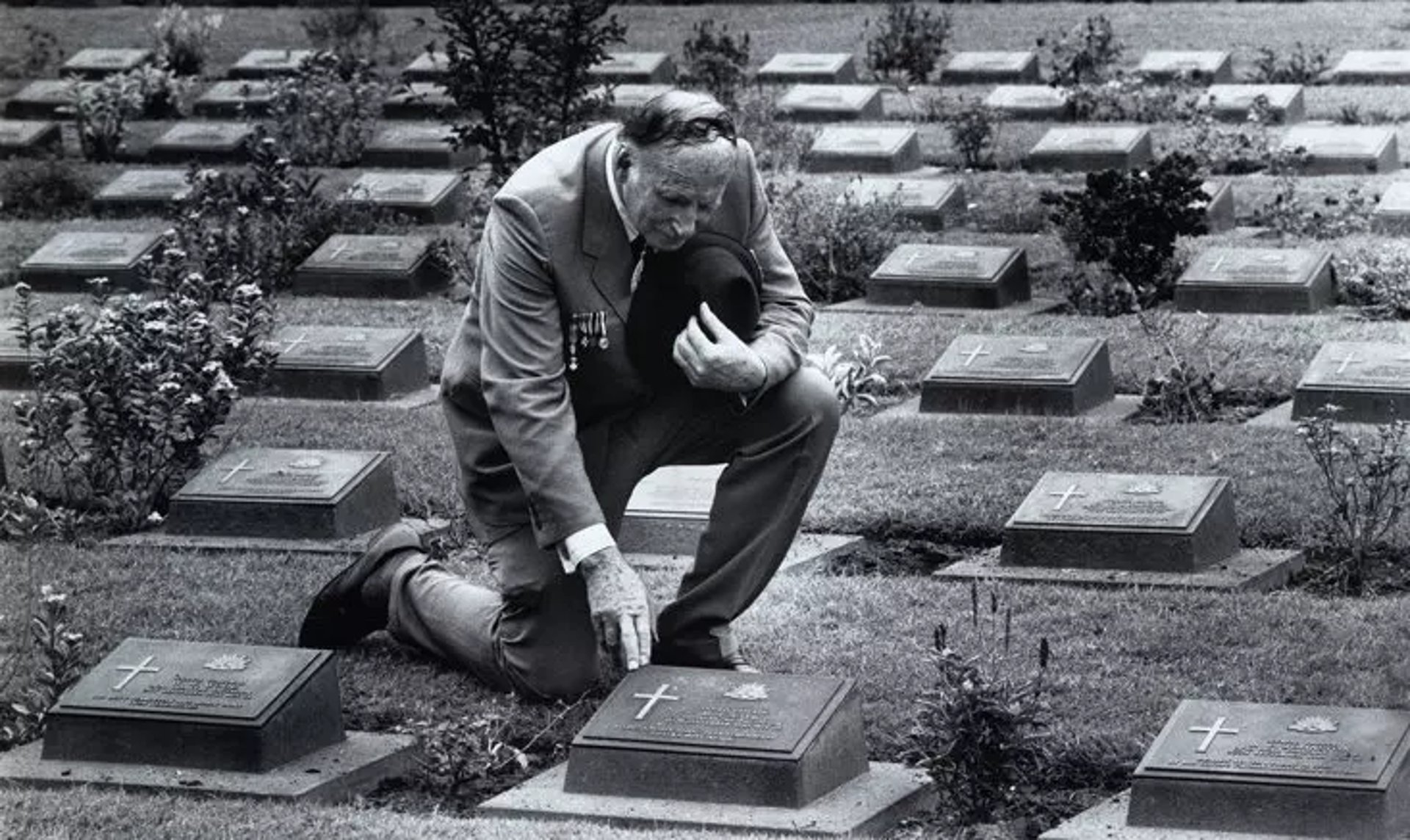
Together, We Can Make a Difference!
This is a veteran-run project, and we need your help to make it happen. Stand with us in honoring the legacy of the POWs and ensuring their stories are never forgotten.
